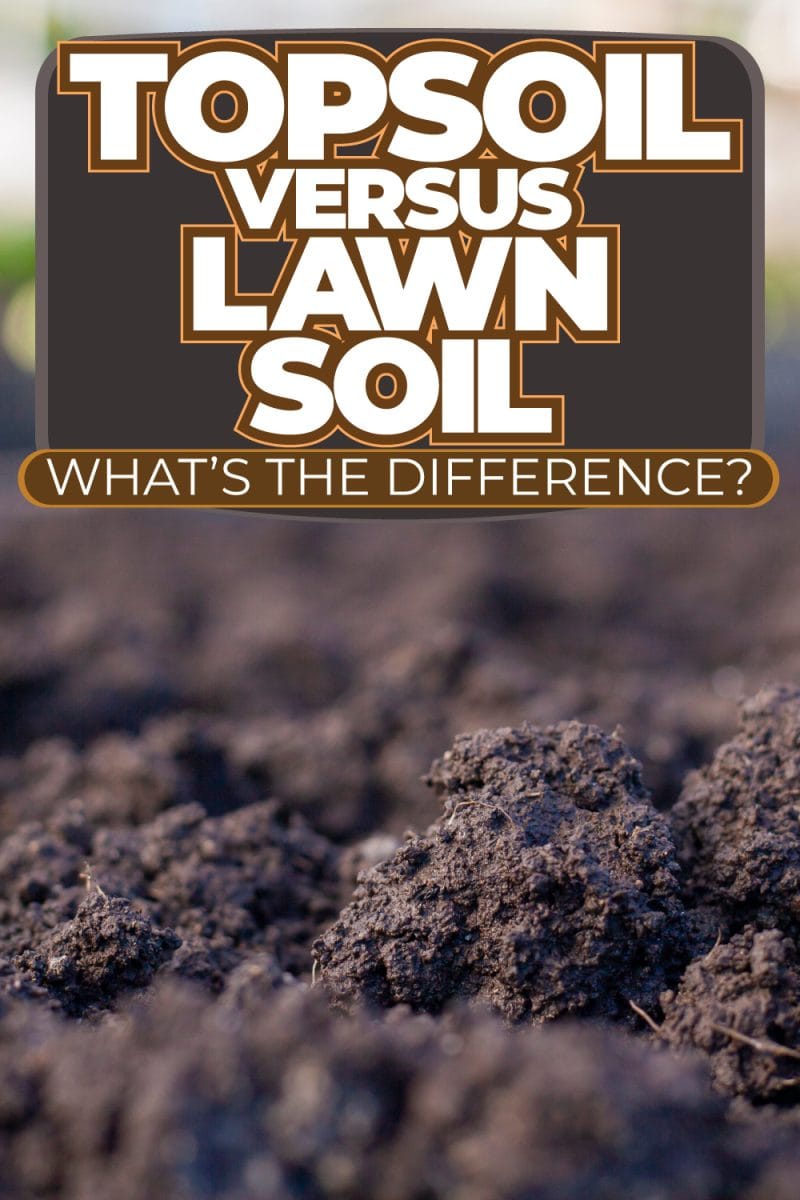You have to use the right soil for your gardening or landscaping project for it to be a success. When it comes to types of soil, do you know the difference between topsoil and lawn soil and when you should use them? That's what we will talk about today. We asked the experts what's the difference between the two and here's what we learned.
Lawn soil and topsoil are different in composition, density, and nutritional contents:
- Lawn soil is composed of rocks, stones, clay, and dirt, while topsoil contains loose dirt, sand, healthy microbes, and other organic materials.
- Lawn soil is denser and more compact than topsoil. Meanwhile, topsoil has more nutrients in the soil and is better able to absorb nutrients from the sun, air, and water making it richer and more conducive to optimal plant growth.
Keep on reading as we expound more regarding what makes them different from each other. We'll also tell you what makes a healthy lawn and if you could put topsoil over an existing lawn. Let's delve right into it!
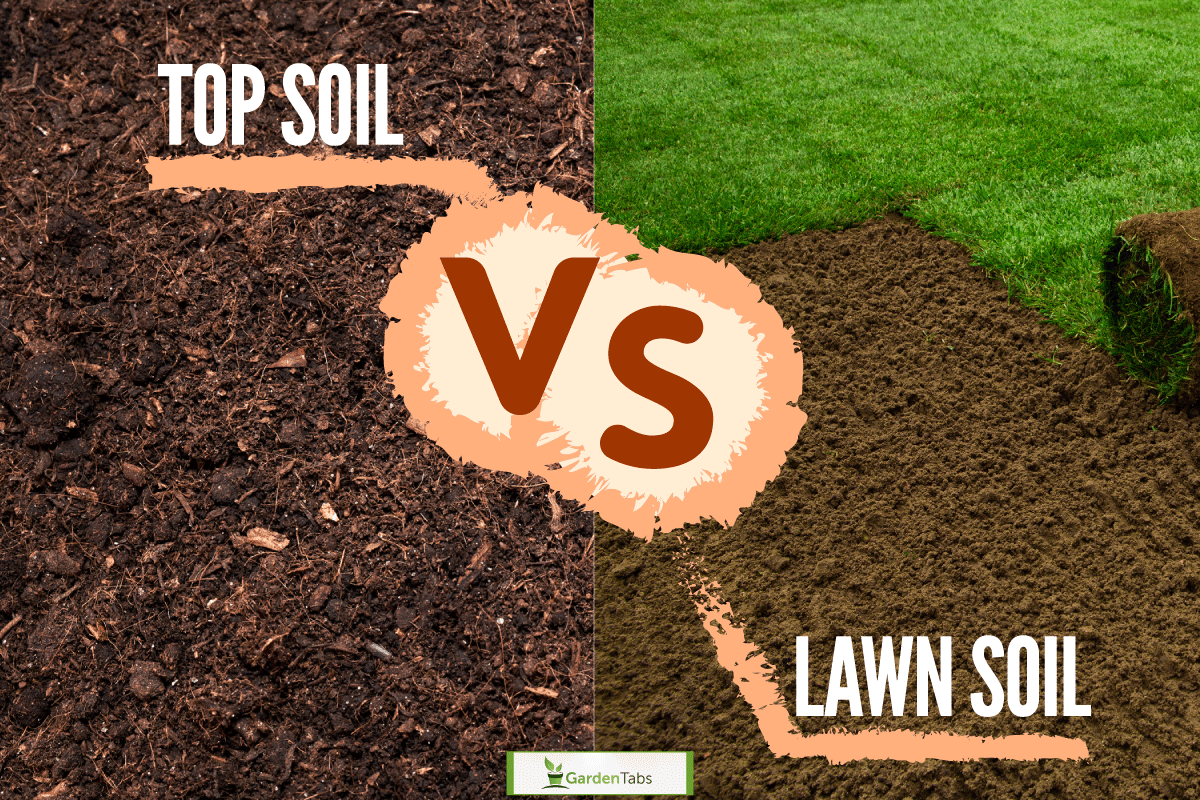
Is lawn soil the same as topsoil?
Lawn soil and topsoil are words that are often used interchangeably as if they are the same. Yes, they are both types of soil, and they have some similarities. But they are also different in many ways.
It is important to know their differences to decide which of these two types of soil you would need for your specific improvement project in your outdoor area. The type of soil you choose would determine whether the plants in your garden can grow to their full potential or if the soil in the lawn would easily be eroded by heavy rains.
But before anything else, let's start with their similarities to understand why most people are confused between these two soil types.
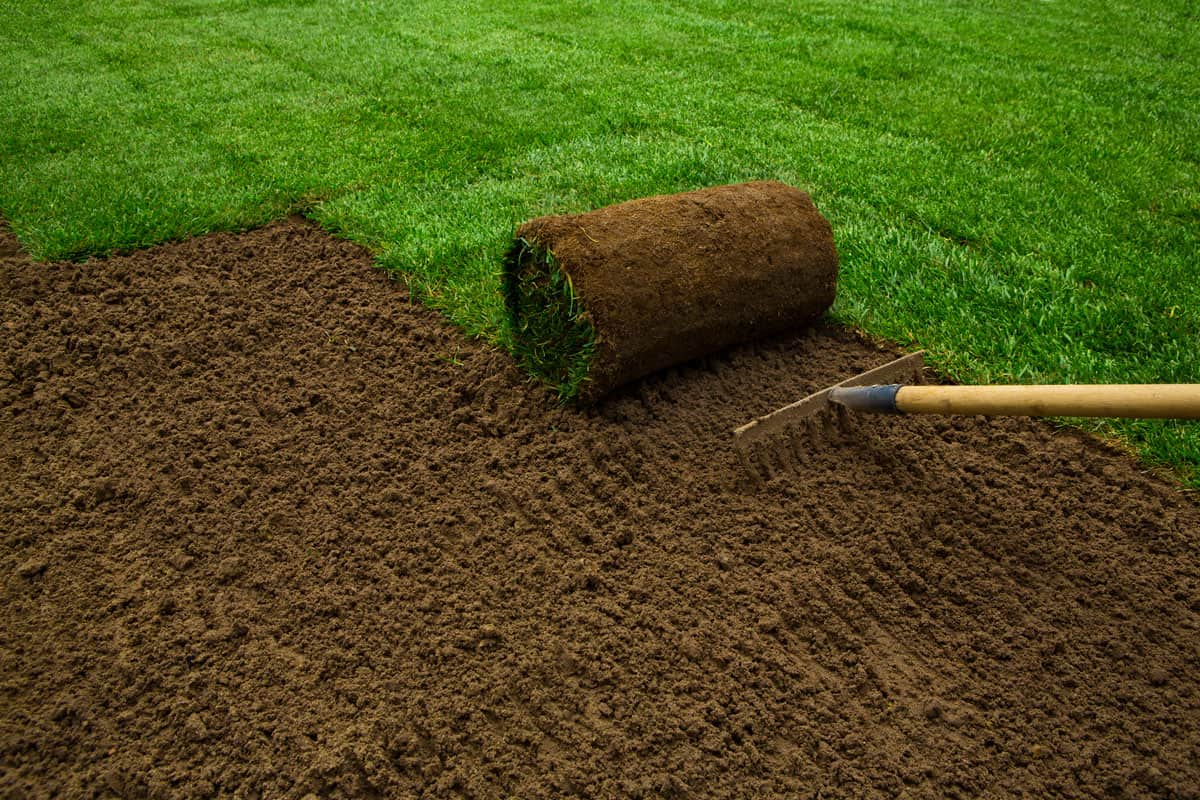
Similarities Between Topsoil and Lawn Soil
Composition
When it comes to their composition, you will find that lawn soil and topsoil can both contain sand. This helps in water retention and filtration. They are also both dirt-based soils. This means they can promote plant growth. But other components of each soil type would tell you which plants would be ideal for growing in that specific medium.
Usage
Lawn soil and topsoil can both be used in lawns, gardens, and other areas within the yard. But then again, you would have to know more about each type of soil to determine where each one is best suited to use to maximize its benefits.
Compost
The nice thing about lawn soil and topsoil is when you've exhausted their use in your garden or lawn, you can add them to your compost so that you can make a great fertilizer.
The dirt and organic matter present in these soils would facilitate the decomposition of the other particles in the compost. This is needed to release carbon and nitrogen in your DIY fertilizer - the nutrients needed by plants for optimum growth and development.
We've just about covered the areas where lawn soil and topsoil have similarities. By now, you have a better understanding of why people oftentimes use the two terms as if they are synonymous. In the next section, we'll let you see that they're not.
Differences between Topsoil and Lawn Soil
Let's differentiate one from the other by knowing more about their specific qualities.
Lawn Soil
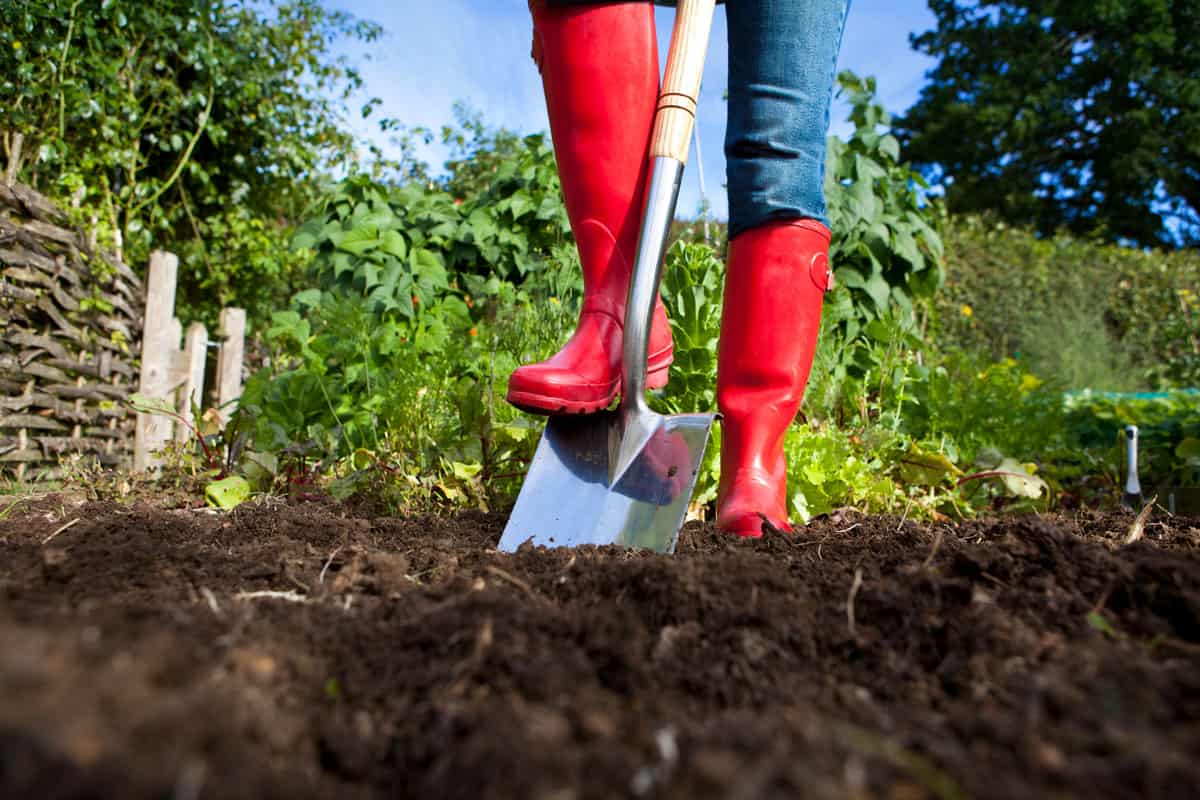
Lawn soil is composed of rocks, stones, clay, and dirt. This is the reason why it is dense and heavy.
With these qualities, lawn soil isn't ideal for promoting the optimum growth of grass and other plant roots. It'll slow down development because nutrients from the water, sun, and air won't be able to pass through. It will also hinder proper water drainage.
It can be used instead for filling the land when there are deep holes in the yard so that it'll be level.
Topsoil
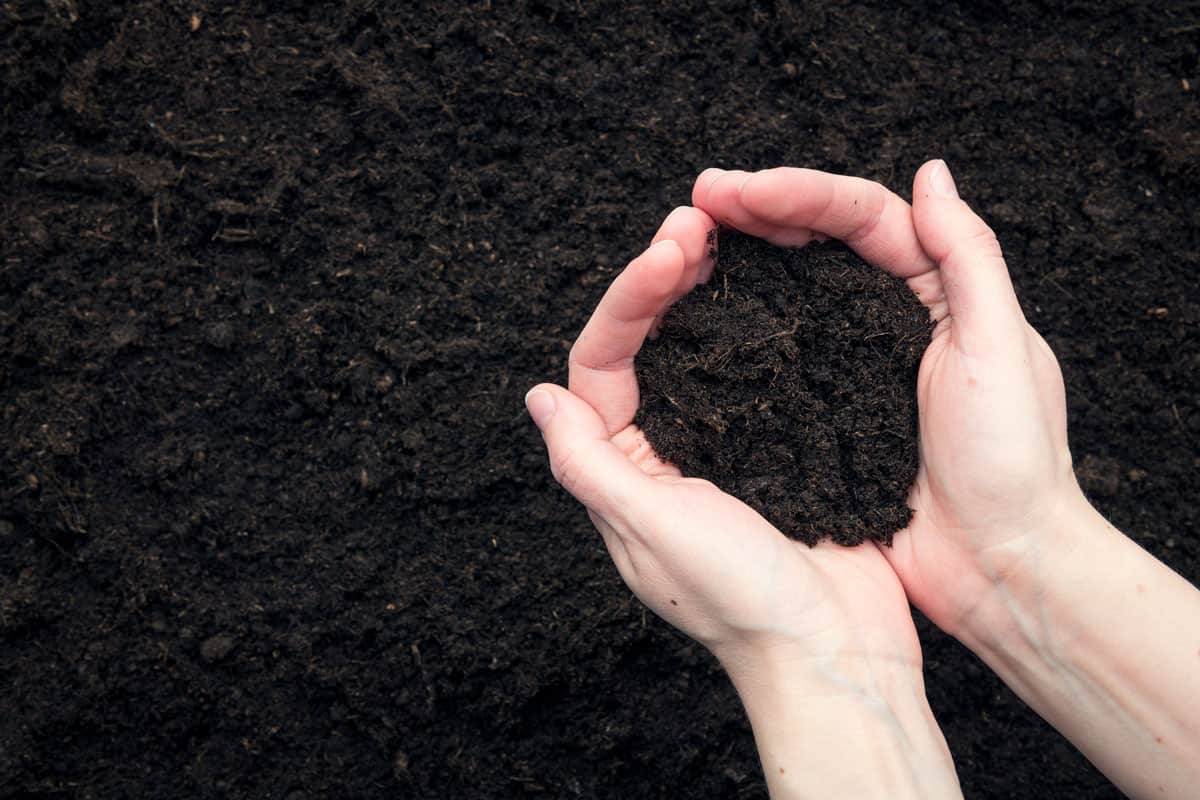
Topsoil is made up of loose dirt, sand, healthy microbes, and other organic materials. This type of soil is full of nutrients which is why it promotes root growth. It is also the ideal cover for grass seeds.
Since the dirt particles are loose, this soil is less dense than lawn soil. You can use the spreader to broadcast it in your coverage area. And because it isn't compact, it can absorb nutrients from the sun, air, and water and these nutrients are essential for having healthy plants.
Topsoil is easily available on the market as many companies sell their own mix. You have to look for the specific mixture that would be compatible with the greens that you're planning to plant. Each plant, whether ornamental or edible, has particular needs that you should be aware of to choose the right topsoil mix.
Check out this topsoil blend mix on Amazon.
To summarize, lawn soil and topsoil are different in terms of composition, density, and nutritional content. Topsoil contains healthier materials and is better able to absorb more nutrients making the soil even richer.
Which is better to use: lawn soil or topsoil?

Each type of soil serves a particular purpose. Lawn soil is a great foundation for your topsoil. Another way of saying this is it can be your subsoil for your topsoil.
In reality, you would probably need to use a combination of lawn soil and topsoil on your lawn. Too much of each soil type won't be good for your lawn.
Lawn soil, by itself, isn't a suitable medium for growing plants. It'll limit their growth and won't be able to drain water properly. But when you add topsoil over it, you maximize the potential of your lawn. You will be able to grow plants and flowers and enjoy all the benefits that come with a healthy lawn.
How do you know if a lawn is healthy?
A lawn is that portion of your outdoor area typically covered by grass. This green carpet enhances the look of this area. But before you can achieve this appearance, you need to have a healthy lawn.
Here are the qualities of a healthy lawn:
- A good lawn soil contains more organic material. This allows beneficial organisms depending on the decayed matter to thrive in the soil, making it biologically active.
- It should also have the right pH level so that plants such as grass can absorb the nutrients in the soil. The ideal pH level should be between 6 and 7 only. You can conduct a soil test to check its acidity or alkalinity.
- Lawn soil shouldn't be hard or compacted, or else air, water, and nutrients would not be able to pass through.
A thicker and greener lawn is more appealing. It also offers more environmental benefits such as preventing soil erosion, reducing outside noise, and providing habitat for wildlife. It is also helpful in flood control and offers a cooling effect in the summer.
And just because we're talking about lawns doesn't mean that you'll only use lawn soil for this area. This is not the way to achieve a healthy lawn. You would need to use other types of soil like topsoil to make your lawn not just more appealing but also a great medium for the full development of grass, flower beds, and other living things that you would like to maintain around it.
In effect, you just use the lawn soil for filling all the space, especially deep holes in your yard, then cover the uppermost portion with topsoil. The top six inches of your lawn should be made of topsoil. This will promote optimum plant growth, and that's when you will achieve a thriving lawn.
Can I put topsoil over the existing lawn?
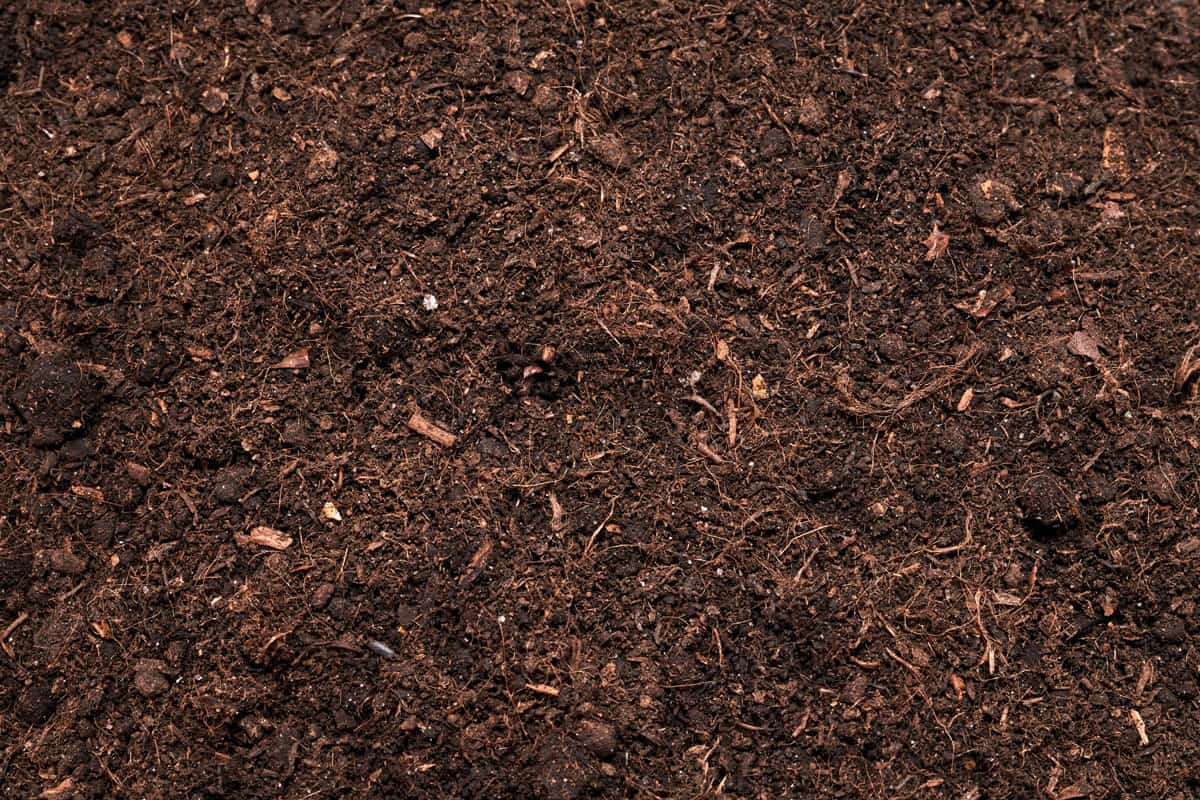
As mentioned above, experts recommend that you put topsoil over lawn soil, especially if you want to achieve a healthier lawn. This will promote plant growth, and the lawn will be better able to serve its other purposes, such as preventing flooding and erosion and providing a safe habitat for other wildlife.
And even if you already have an existing lawn, you would still need to add topsoil over it from time to time. This is because the previous topsoil that you placed there has already turned into lawn soil.
Eventually, even the topsoil becomes lawn soil. It accumulates sand, rocks, stones, clay, and other particles found in the soil. Topsoil can become heavy due to overwatering. Because of this, it'll no longer be fit for promoting plant growth. In effect, it has become denser and more compact. This isn't good for the plants anymore.
That is why you need to put a fresh layer of topsoil over your existing lawn. This is called topdressing. Experts say that you need to do this frequently within the year since your lawn is constantly exposed to various environmental conditions that would affect its quality.
But check the pH level of your existing soil before you buy your new topsoil. There are soil test kits that are available in the market to help you determine if your current soil and the topsoil that you plan to buy are compatible with each other. This will help ensure that you have a healthy lawn where plants can grow.


Click this link to find this soil test kit on Amazon.
Once you've purchased the new topsoil, just sprinkle a fresh layer over the old soil. Till it to mix the old and new soil. When done, use the extra topsoil to cover everything.
That's how you maintain a healthy and thriving lawn.
Final Thoughts

When you study the composition, density, and nutritional content of both lawn soil and topsoil, you will realize that lawn soil is a great subsoil for topsoil. Using these two soil types is essential in maintaining a healthy lawn.
If you want to read more about topsoil, feel free to visit the following posts?
Can You Spread Topsoil With A Spreader?
Compost Or Topsoil For Overseeding? [Which Is Best?]
